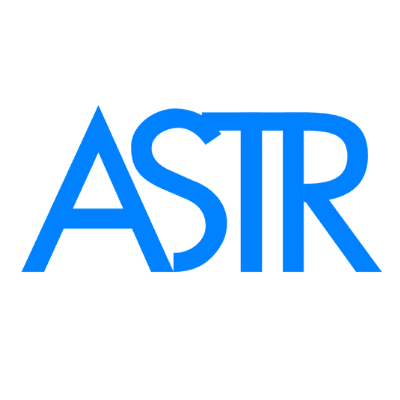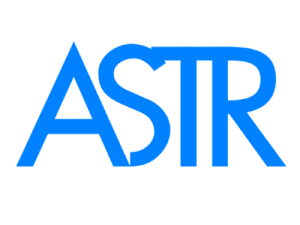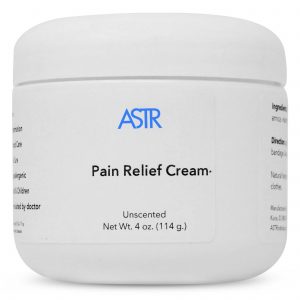Osteopathic Medicine: Definition, Uses, Qualification, Theory, subspecialties & Treatment
Osteopathic Medicine: Definition, Uses, Qualification, Theory, subspecialties & Treatment
意味
Osteopathic medicine, also known as osteopathy, is a form of complementary medicine that uses certain manual techniques focusing on the human body as a whole. This includes autoregulation of body mechanisms and the interaction between physiological and anatomical functions of the body. Osteopathic medicine may also be beneficial for the treatment of musculoskeletal problems associated with the spine. Osteopathic medicine practitioners have distinct methods of diagnosis and treatment. Osteopathic manipulative treatment has positive outcomes in the treatment and management of headaches or migraines, cervical complaints, and low back pain. Pregnant women and children make up an important group of patients. Osteopathic medicine practitioners often treat infant asymmetry, excessive crying, and other clinical conditions. [1]
Osteopathic Medicine Uses
Osteopathic medicine practitioners are licensed to prescribe medications and administer osteopathic manipulative medicine which serves as an important diagnostic and therapeutic tool. An osteopathic musculoskeletal exam is an integral part of the physical diagnosis. The osteopathic medicine practitioners use practical skills, radiological imaging, and laboratory investigations to diagnose the medical condition and administer treatment. Osteopathic manipulative medicine (OMM) serves as an important tool for the treatment and management of the following medical conditions. [2]
- Respiratory problems
- 腰痛
- Gastrointestinal abnormalities
- 関節痛
- Post-surgical pain
- 首の痛み
- 頭痛
Qualification Required
Osteopathic medical schools offer 4 years of professional education and training. After completing the academic program, osteopathic medicine practitioners opt for training in specialties and subspecialties. Osteopathic medical students are also required for acquiring 200-300 hours of clinical experience in the field. The curriculum of osteopathic medicine comprises physiology, pharmacology, biochemistry, anatomy, biostatics, behavioral sciences, pathology, pathophysiology, histology, embryology, genetics, microbiology, and immunology. The osteopathic medical students are also required to spend 200 hours acquiring pre-clinical education concerning the history of osteopathic medicine. The osteopathic medicine academic program comprises 2 years of non-clinical didactic courses and 2 years of clinical experience in clinical, hospital, and in-office settings. The students also gain experience in community-based clinics. After completing the osteopathic medicine academic program, the practitioners complete their residency, the duration of which depends on the chosen specialty.
Before gaining admission into an osteopathic medicine academic program, individuals are required to complete an undergraduate degree. The disciplines include general chemistry, general biology, organic chemistry, and general physics along with laboratories. [3] Board certification is provided by the American Osteopathic Association. The tests required for administration of a license include the United States Medical Licensing Examination (USMLE) and Comprehensive Osteopathic Medical Licensing Examination (COMLEX-USA). The Interstate Medical Licensure Compact offers osteopathic medicine practitioners the license to practice in multiple states. This may also assist these practitioners in offering telemedicine services. [4]
Osteopathic Medicine Theory
Osteopathic medicine practitioners employ OMM to treat neuromusculoskeletal pathologies, diseases of internal organs, and other health ailments. Osteopathic medicine works on the basis of a belief that an inherent healing system in the human body is responsible for resisting illness, maintaining health, and recovering from illnesses. Osteopathic medicine equips individuals with the necessary tools for restoring health and maintaining a self-healing state. The major principles of osteopathic medicine are listed as follows. [3]
- The body parts do not function independently. Rather, each component of the body is interconnected with another one. The body works in integration with the mind and spirit. Any pathologic modifications in a certain body part may alter the functions of the rest of the body.
- The human body is equipped with self-healing, health maintenance, and self-regulation properties. The human body employs homeostatic mechanisms to recover from injuries. The presence of pathologic alterations of a certain body part leads to alterations of other body parts to compensate for the suboptimal function. OMM restores the self-healing property of the human body as well as boosts the immune system.
- Another key principle of osteopathic medicine is that there is a reciprocal relationship between structure and function. Pathologic modifications in the structure of a body component lead to alterations in the function of that body component. A similar pattern is observed when the body part functions suboptimally.
- Adequate knowledge and understanding of the previously mentioned principles are important for providing rational treatment. These principles are important for examination, diagnosis, and maintenance of health.
Osteopathic Medicine Subspecialties
Osteopathic medicine physicians practice in the following primary care specialties.
- Pediatrics
- Family medicine
- Internal medicine
The physicians may also practice in the following medical fields. [5]
- Anesthesiology
- Vascular surgery
- Allergy and immunology
- Anesthesiology
- Thoracic surgery
- 手術
- Child neurology
- Dermatology
- Radiology
- Psychiatry
- Family medicine
- Emergency medicine
- Preventive medicine
- Orthopedic surgery
- Physical medicine and rehabilitation
- Internal medicine
- Genetics
- Neurological surgery
- Oncology
- Otolaryngology
- Obstetrics-Gynecology
- Pediatrics
- 病理学
Osteopathic Medicine Treatment
The treatment modalities of osteopathic medicine are as follows.
- Soft tissue techniques involve stretching of fascia structures and muscles.
- An articulatory treatment system involves the application of low-velocity and high-amplitude springing to improve joint functioning.
- The high-velocity low amplitude technique involves short and fast thrusts. This is also called the popping or cracking technique.
- Muscle energy focuses on increasing the range of movement and relaxing the stretched muscles.
- Inhibition involves the application of pressure to relaxed muscles.
- Facilitated position release includes the placement of the patient’s spine at a neutral position and application of compression to the affected segment.
- Myofascial release is employed for the treatment of muscle and fascia restrictions.
- Osteopathic cranial manipulative medicine is among the most difficult techniques of osteopathic medicine. It uses neurological systems and intrinsic movement of the cranium to heal the entire body.
- Lymphatic techniques involve passive movements to promote the flow of lymph.
結論
Osteopathic medicine takes a holistic approach to treating multiple health ailments. This field of complementary medicine emphasizes the importance of the self-healing capacity of an individual. Osteopathic medicine restores the suboptimal function and structure of different body components. Osteopathic medicine employs direct and indirect modalities to treat neuromusculoskeletal, soft tissue, internal organ, and other pathologies.
参考文献
- https://www.ncbi.nlm.nih.gov/pmc/articles/PMC8499418/
- https://www.vcom.edu/osteopathic-medicine
- https://www.aacom.org/docs/default-source/cib/bgom.pdf
- https://osteopathic.org/life-career/medical-licensure/state-licensure/
- https://www.aacom.org/become-a-doctor/about-osteopathic-medicine/osteopathic-medicine-specialties-and-primary-care
Osteopathic Home Self-Treatment

- 速い結果
- 治療は1日約5分かかります
- 使いやすい医療ツール
- 自然な全体論的アプローチ
- 問題の根本原因を処理する
- 慢性的な痛みを持っていた医師によって発明されました
- 45以上の研究によってサポートされています
ASTRは非常に異なる
さまざまなウェブサイトから収集されたレビュー
- For adult & children
- 速い痛みの軽減
- 炎症を減らす
- 創傷ケア
- 有機的で安全な成分
- ジェイコブス博士による処方
- 調査研究によるサポート




